BMW roars back to endurance racing with the M Hybrid V8, a 640-hp fusion of DTM heritage and hybrid innovation - where raw emotion meets precision engineering.
In a world where electric whispers are replacing mechanical thunder, BMW decided to go against the current. It didn’t just build another hybrid—it built a declaration, a rolling roar that proves motorsport still has a heartbeat. This is the BMW M Hybrid V8 LMDh, the company’s first top-tier prototype racer in over two decades, and perhaps its most symbolic creation since the V12 LMR that conquered Le Mans in 1999.
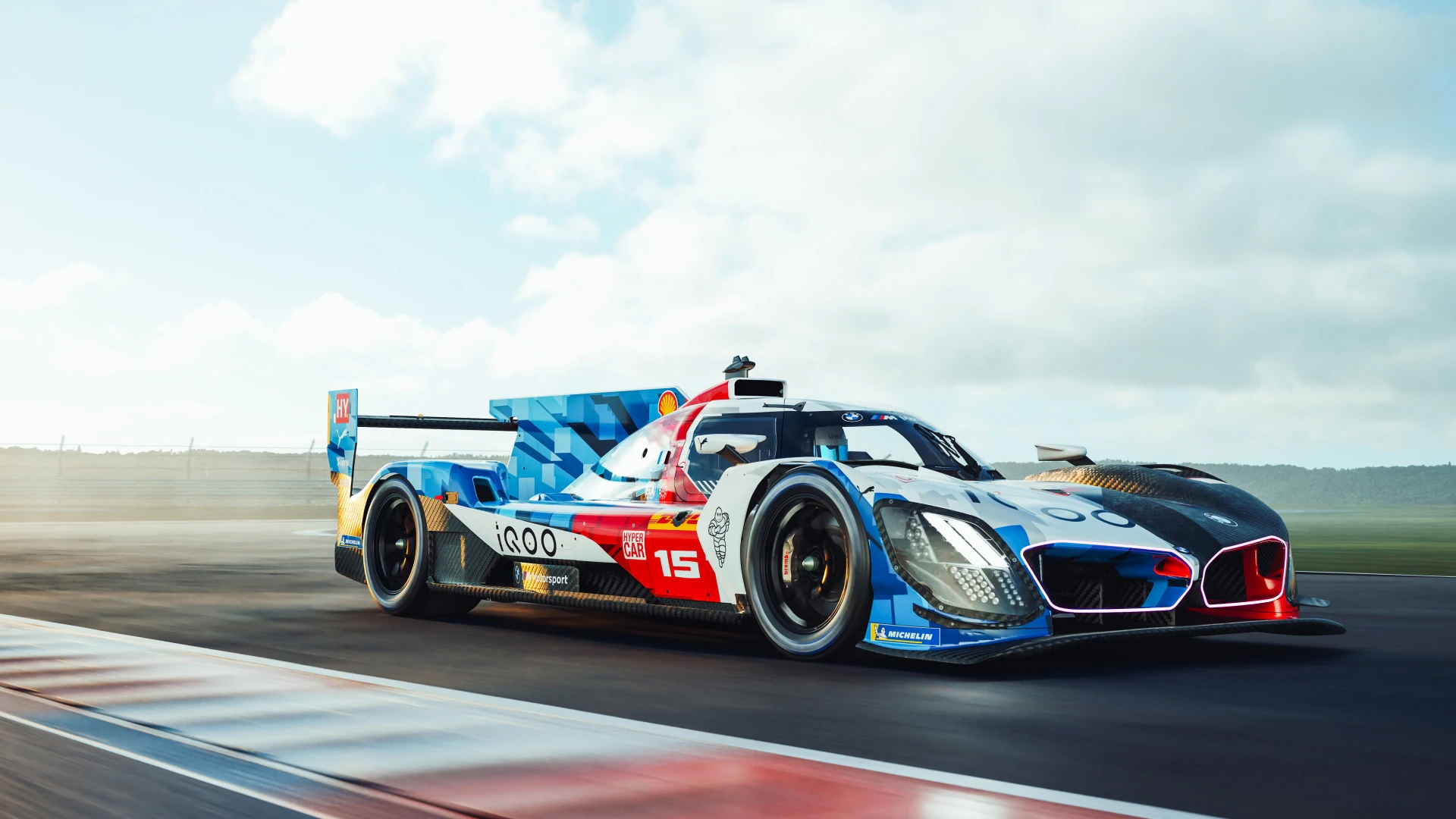
This car isn’t merely a machine; it’s an act of rebellion. In an era obsessed with silence, BMW returned to racing to remind the world what noise, emotion, and precision engineering can still achieve when guided by obsession.
The project was born not in a marketing department, but deep within the corridors of BMW M Motorsport, where engineers still talk about Nürburgring lap times like philosophers debate meaning. The new LMDh (Le Mans Daytona hybrid) regulations offered a unique opportunity: cost-capped competition with a shared hybrid platform, but enough creative freedom for manufacturers to express themselves through engine, design, and brand identity.
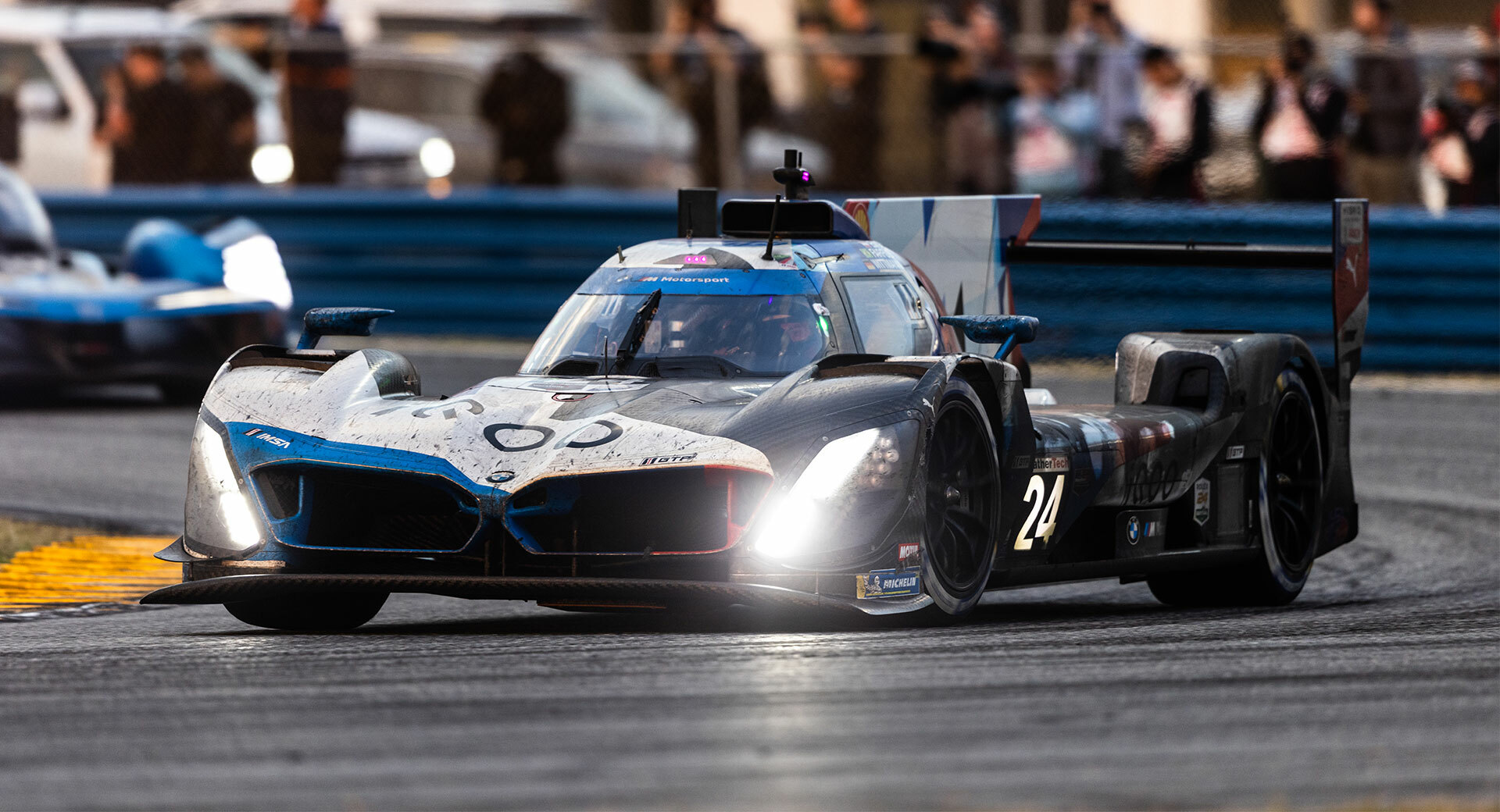
Andreas Roos, the Head of BMW M Motorsport, saw this as a call to arms. “We couldn’t stay on the sidelines forever,” he explained. “BMW belongs at the front of endurance racing.” His challenge was immense—create a car that could battle Porsche, Cadillac, and Acura across two continents, within the strict hybrid framework, yet remain unmistakably BMW.

To bring the dream to life, BMW turned to Italy’s legendary Dallara Automobili—chassis craftsmen behind countless endurance and open-wheel icons. The collaboration produced something that feels half science, half sculpture. The carbon-fiber monocoque chassis forms the foundation, but the design—angular, muscular, and shark-like—makes it unmistakable as a BMW.

And that’s no coincidence. Rudolf Dittrich, head of BMW’s race vehicle development, wanted the car to wear its lineage proudly. The twin kidney grille—sleeker and more purposeful than ever—anchors the face, flanked by narrow LED slashes that give it the stare of a predator about to strike. “The M Hybrid V8 had to look fast even when standing still,” Dittrich said. “We wanted people to feel fear and fascination in equal measure.”
Underneath that menacing bodywork lies the P66/3, a 4.0-liter twin-turbocharged V8 engine with a proud pedigree. Its ancestors once screamed through the DTM series, propelling the BMW M4 across Europe’s circuits. For LMDh duty, it was reborn—engineers tore it down, reinforced its internals, modified the cooling system, and adapted it to pair with a standardized hybrid unit.

That hybrid system—developed by Bosch, Williams Advanced Engineering, and Xtrac—completes the powertrain. The internal combustion engine provides visceral thrust, while the electric motor adds torque fill and efficiency. Together, they unleash around 640 horsepower, channeled through an Xtrac seven-speed sequential gearbox to the rear wheels.
This isn’t a gentle hybrid that sips fuel and saves dolphins. It’s a racing hybrid, designed to attack corners with immediate electric torque and explode down straights with the savagery of an M car on steroids. BMW even tuned the transition between electric and combustion power to feel natural, physical, alive. When the V8 awakens after a brief whine of electricity, it’s as if two eras of racing shake hands and charge forward together.
Every sound was intentional. BMW’s engineers, refusing to let silence win, spent weeks crafting the exhaust tone—ensuring the M Hybrid V8 screams like a real BMW should. It’s mechanical symphony with digital overtones: a howl that begins as a hum, swells into a roar, and ends in the sharp crackle of spent combustion. In an age of electric anonymity, this car still sings.
Aerodynamics in endurance racing is less about vanity and more about survival. Every millimeter matters. BMW’s design team worked alongside Dallara’s aerodynamicists to sculpt a shape that cuts through air cleanly yet generates massive downforce.
The M Hybrid V8’s silhouette recalls some of BMW’s most iconic racers—the low stance of the M1, the aggression of the E9 CSL, the functional elegance of the V12 LMR. Its massive rear wing floats above the car like a blade of judgment, its front diffuser channels air with mathematical precision, and the sculpted wheel arches house Michelin slicks that seem ready to claw the asphalt apart.

But this car isn’t just functional; it’s artful. Even the cockpit canopy flows into the bodywork with organic continuity, giving the car a futuristic fighter-jet aura. “We wanted movement even in stillness,” said BMW designer Michael Scully. “It’s not just about speed—it’s about attitude.”
Inside, the cockpit is stripped yet stunning. Digital displays replace analog gauges, but the focus remains tactile. Every button, switch, and paddle serves purpose. There are no gimmicks, only function and intent. The driver sits low, cocooned in carbon, staring at a steering wheel that looks more like a spacecraft controller than anything from the road.
BMW’s M Hybrid V8 made its competitive debut at the 2023 24 Hours of Daytona, entering the IMSA WeatherTech SportsCar Championship under the Rahal Letterman Lanigan Racing (RLL) team—BMW’s longtime American racing partner. The debut wasn’t easy. The car faced mechanical gremlins, teething pains, and the usual baptism of fire that greets new endurance prototypes.
Yet even amid setbacks, the paddock took notice. The car’s balance, precision, and unmistakable sound turned heads. Drivers like Connor De Phillippi, Philipp Eng, and Augusto Farfus reported that it felt alive—a rare compliment in a hybrid era. Eng described it perfectly: “It’s like driving two cars at once—a beast and a brain. Brutal and brilliant.”
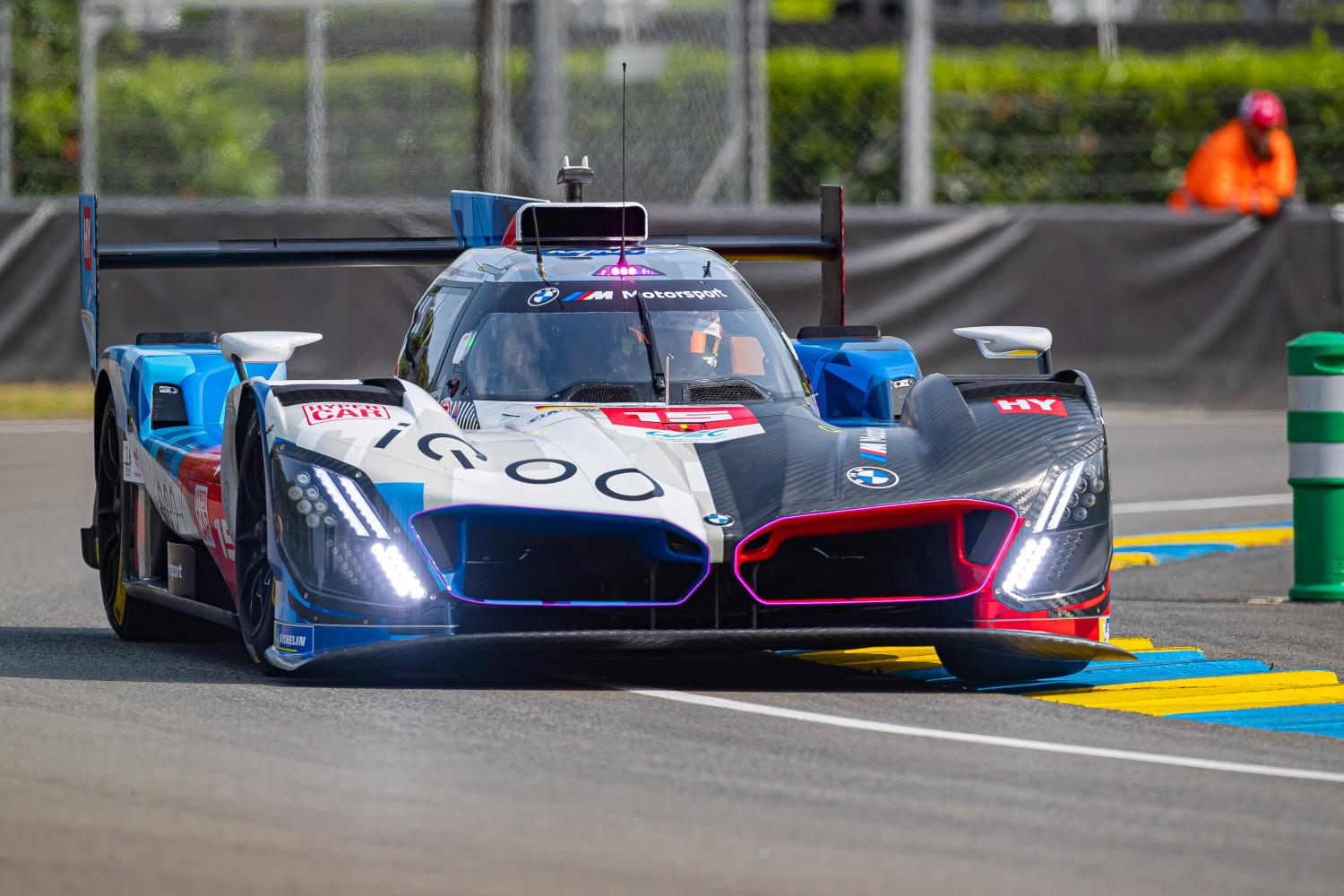
By mid-2024, the M Hybrid V8 had matured. Reliability improved, performance sharpened, and BMW began challenging the class leaders. The car’s hybrid system became more seamless, and its handling more intuitive. On long straights, it matched the Cadillacs for raw speed; in corners, it hunted like a precision predator.
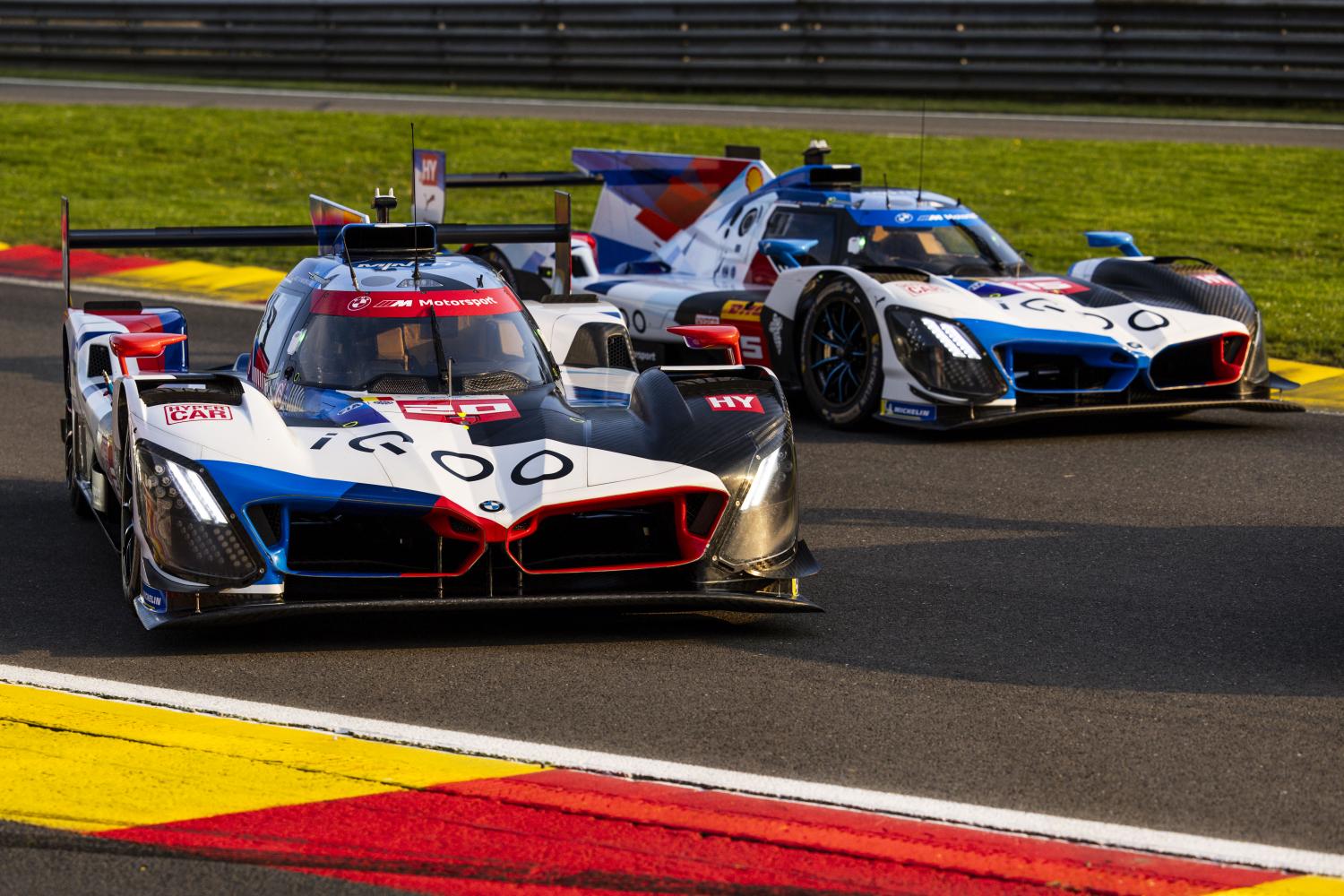
Then came the announcement that stirred BMW loyalists worldwide—the M Hybrid V8 would return to Le Mans in 2024, twenty-five years after BMW’s last victory. The anticipation wasn’t just about lap times. It was about redemption. For the brand that once conquered with a V12, this was a spiritual sequel—a chance to prove that hybridization need not mean homogenization.
The M Hybrid V8’s true brilliance lies not just in numbers but in emotion. It challenges the idea that hybrid racing must be sterile or soulless. Every rev, every shift, every surge of torque carries personality. When the electric motor hums and the V8 joins in harmony, the car feels almost human—impatient, powerful, alive.
That duality is BMW distilled. For decades, the brand’s motto—The Ultimate Driving Machine—was shorthand for mechanical connection. The M Hybrid V8 updates that legacy for a digital century. It’s not just an ultimate driving machine; it’s an ultimate feeling machine.
Racing fans adore it because it doesn’t conform. It dares to be loud, difficult, and emotional in a sport that’s increasingly controlled by efficiency and silence. It reminds us why we fell in love with motorsport in the first place—not because it’s clean or perfect, but because it’s alive.
Every great BMW racer has left a mark—the 3.0 CSL wrote the brand’s touring car legend, the M1 Procar fused art and racing, and the V12 LMR gave BMW eternal endurance glory. The M Hybrid V8 stands ready to join that lineage, representing the moment when combustion and electrification truly met on equal terms.
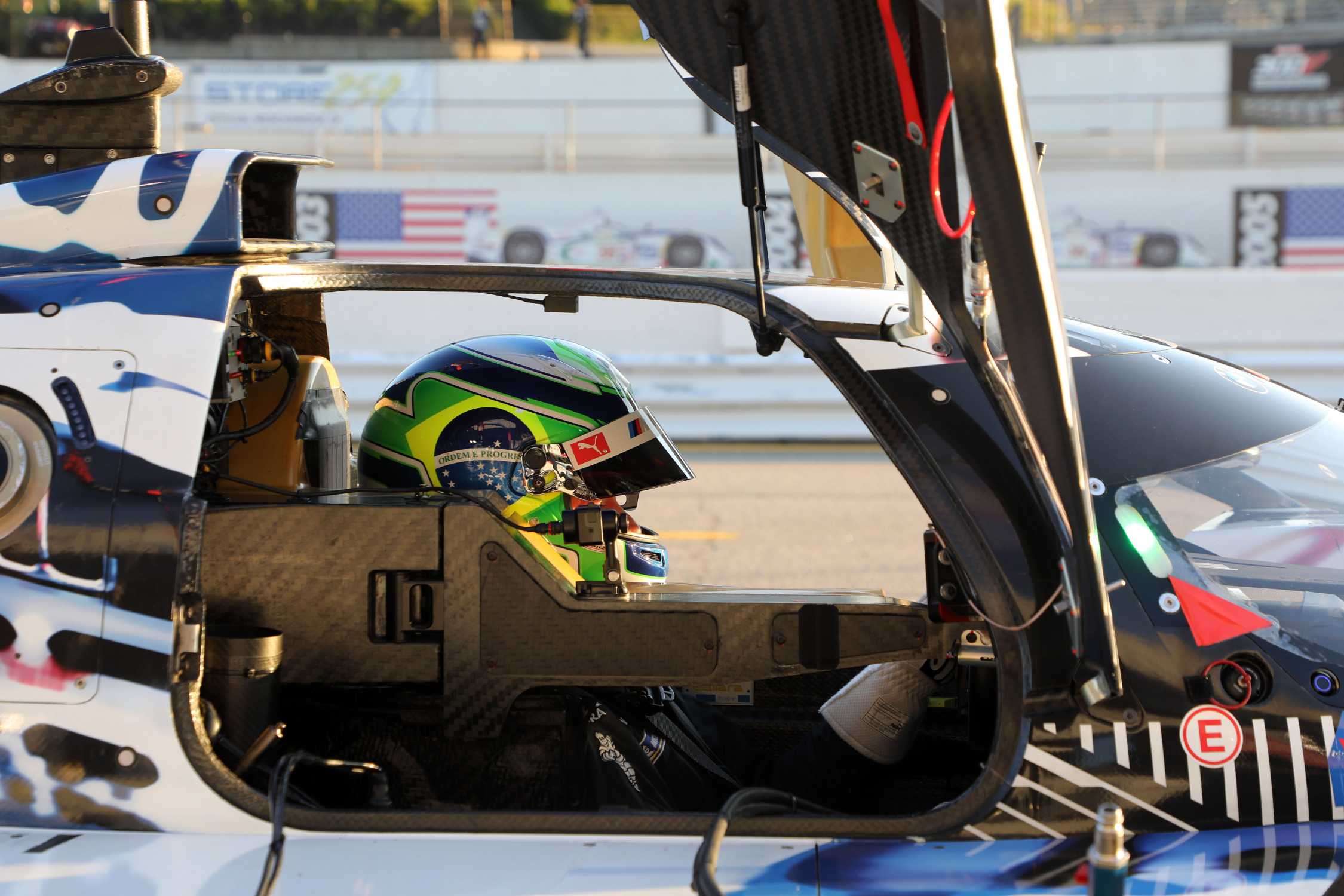
Collectors and enthusiasts already speak of it with reverence. Beyond its performance, it embodies philosophy—a bridge between eras, proof that technology and passion need not be opposites. It’s also a signal for BMW’s road cars. Lessons from its hybrid system, cooling design, and energy recovery will inevitably shape future M models.
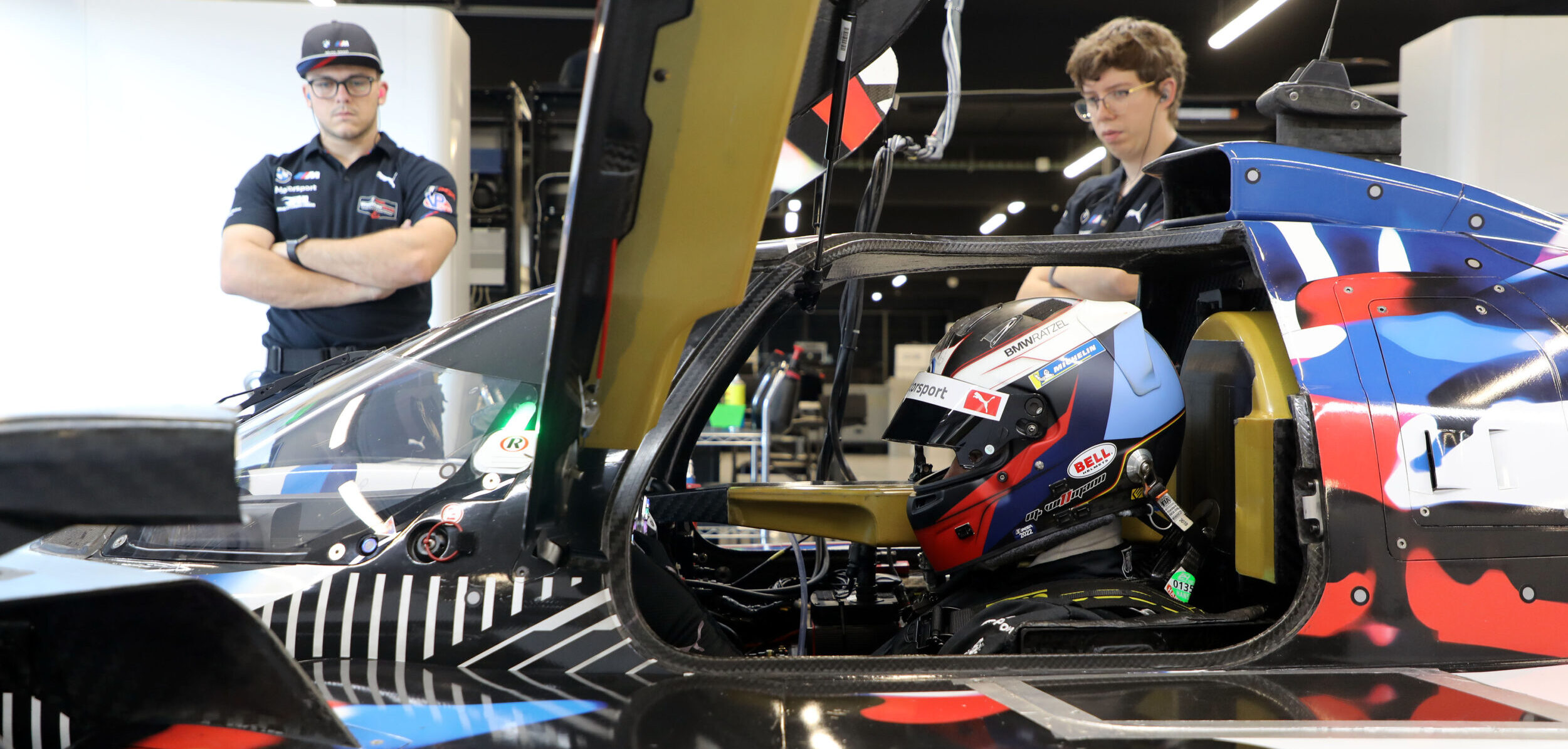
Perhaps the most moving tribute comes from within BMW’s own walls. Engineers who grew up idolizing the V12 LMR now work on its successor. “It’s emotional,” said one of them. “We’re building the car we dreamed of as kids.”

In the grand theatre of endurance racing, cars come and go. But occasionally, one arrives that redefines what’s possible. The M Hybrid V8 does exactly that—not by being the most efficient, but by being the most human. It’s a car that celebrates imperfection, embraces sound, and radiates identity.
BMW could have built a quiet, corporate prototype that blended into the field. Instead, it built a fire-breathing hybrid that roars its brand DNA from every vent and vein. It’s the kind of car that, decades from now, fans will still remember not just for trophies, but for feeling.
As it thunders down the Mulsanne Straight at 345 km/h, lights blazing through the fog, you can almost hear echoes of the past—the V12 LMR’s howl, the M1’s growl, the CSL’s defiance. The M Hybrid V8 isn’t replacing history; it’s continuing it.
And as long as this beast roams the world’s circuits, BMW’s message remains gloriously clear: the age of emotion is not over.
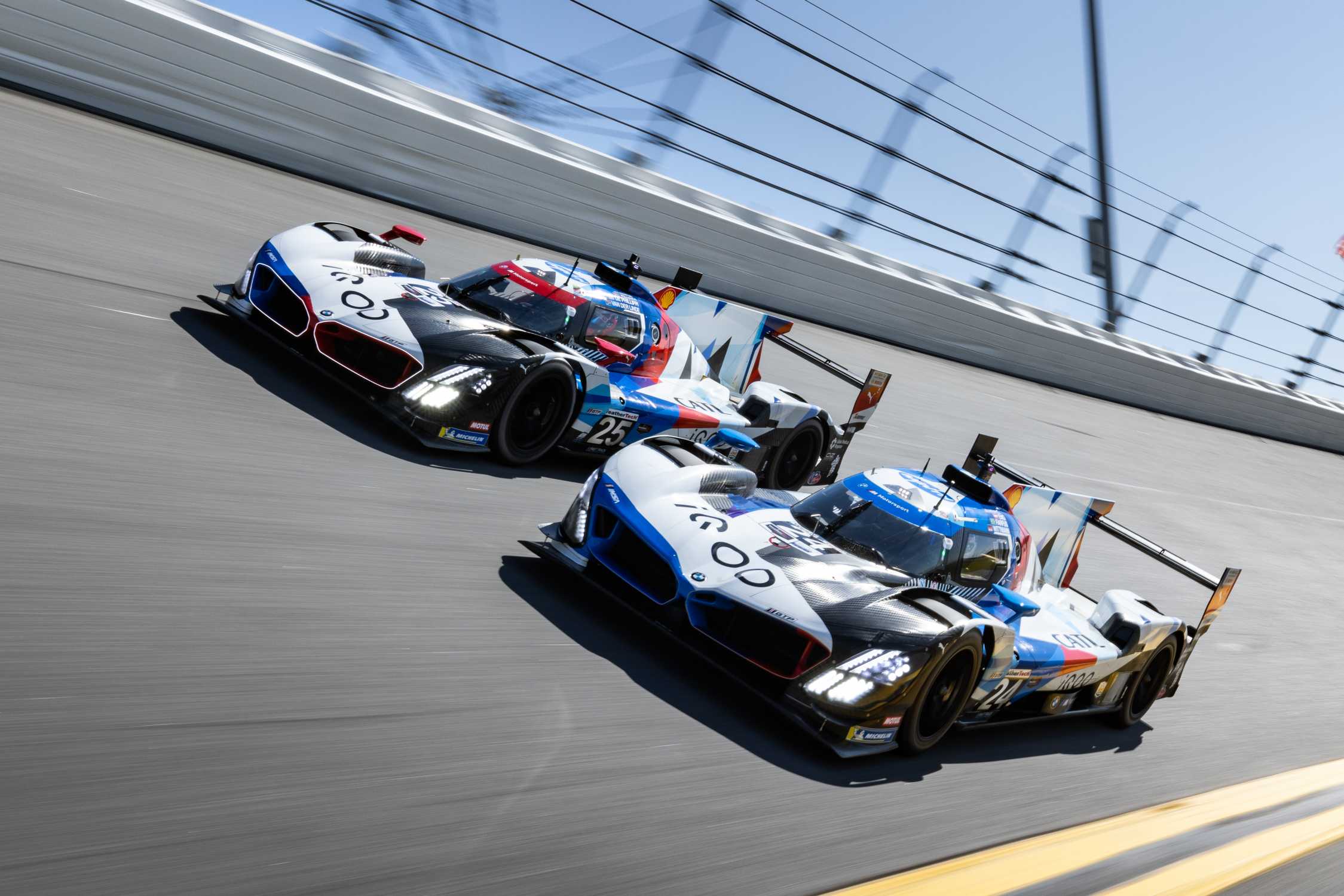
-